My Sustainable Wardrobe Workhorses
I’ve spoken here before about the ethical implications of fast fashion and the organizational implications of having too many pieces in your wardrobe. Both of these ideas are pretty straightforward and easy to agree with. But what comes next? What do you actually buy when you reject large scale consumption and look for higher quality alternatives?
Elizabeth Cline’s article for The Atlantic, The Power of Buying Less by Buying Better, breaks down a few of the retailers focused on high quality and ethical production while keeping prices out of the stratosphere.
I’ve talked about Cuyana, one of Cline’s examples of this new wave of retailers, in detail before as well. I’ve now owned the pieces mentioned in that post for a year. And I have to tell you, they are absolute workhorses in my wardrobe. I wear my black and white silk t-shirts more than any other top I own: they dress up distressed jeans with strappy heels and a leather jacket, they tuck perfectly into a midi skirt with espadrilles, they take the seriousness out of lace tuxedo pants and major stilettos, they feel like a mini vacation with silk drawstring pants and flat sandals. I can’t get enough of wearing them with my gold Elsa Peretti for Tiffany pendant on a long chain that my aunt gave me for my high school graduation – proof that what is old will always be new again.
My Cuyana silk pieces also hold up better than any other silk in my wardrobe, including pieces from labels like DvF and Vince that were twice the price when purchased new. They’ve gone to the dry cleaner at least 6 times each (I’m a sweaty person, ok??) and still look as good as new.
So yes, it is possible to be fashion forward while still practicing healthy consumption patterns and paying attention to ethical and environmental concerns.
LMW
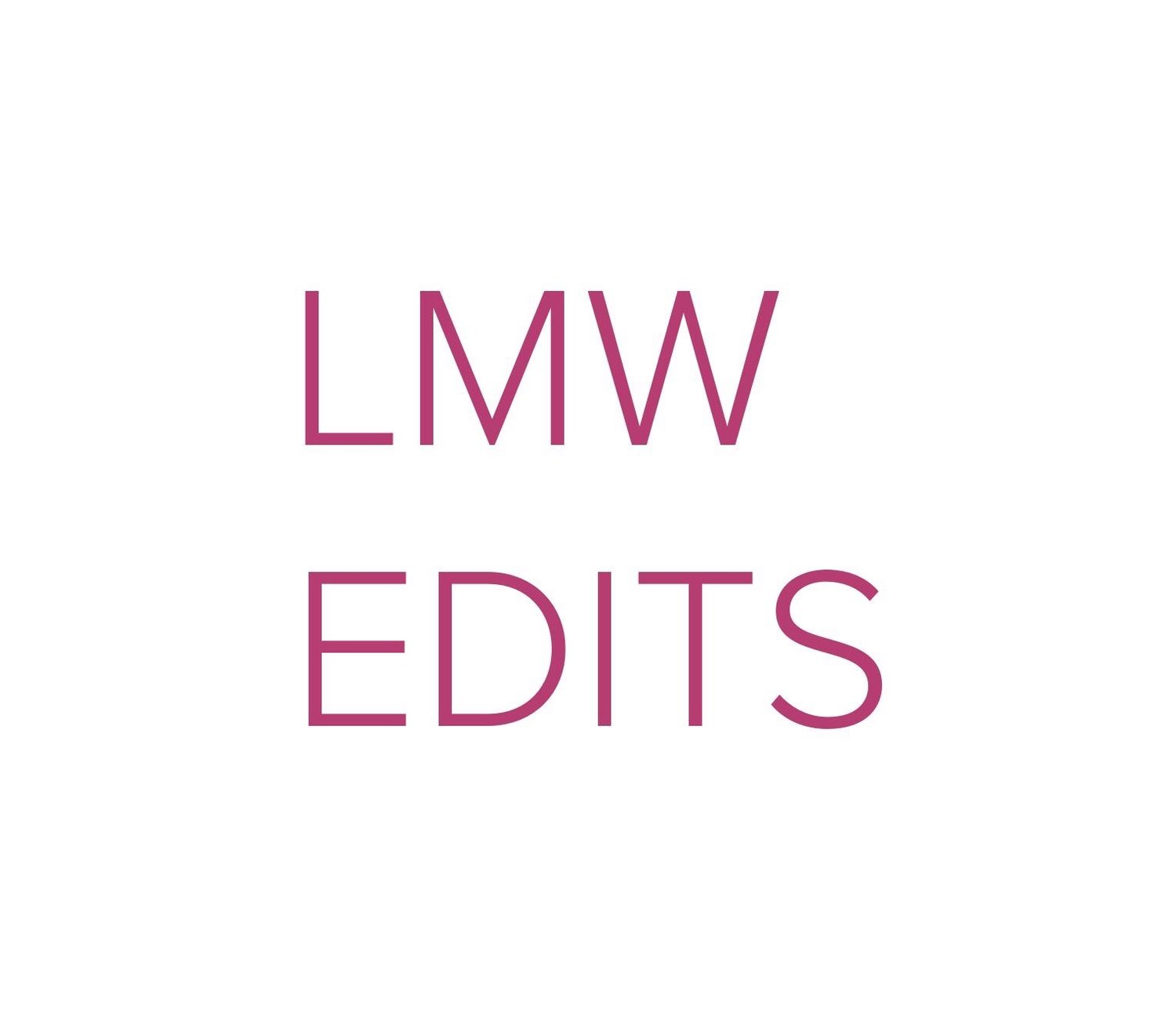



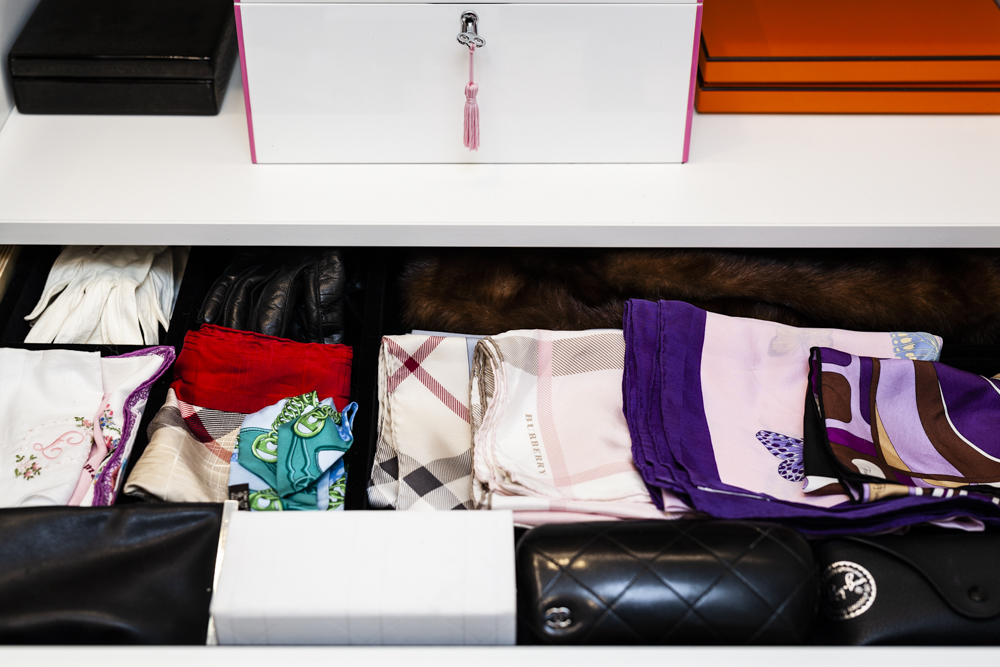

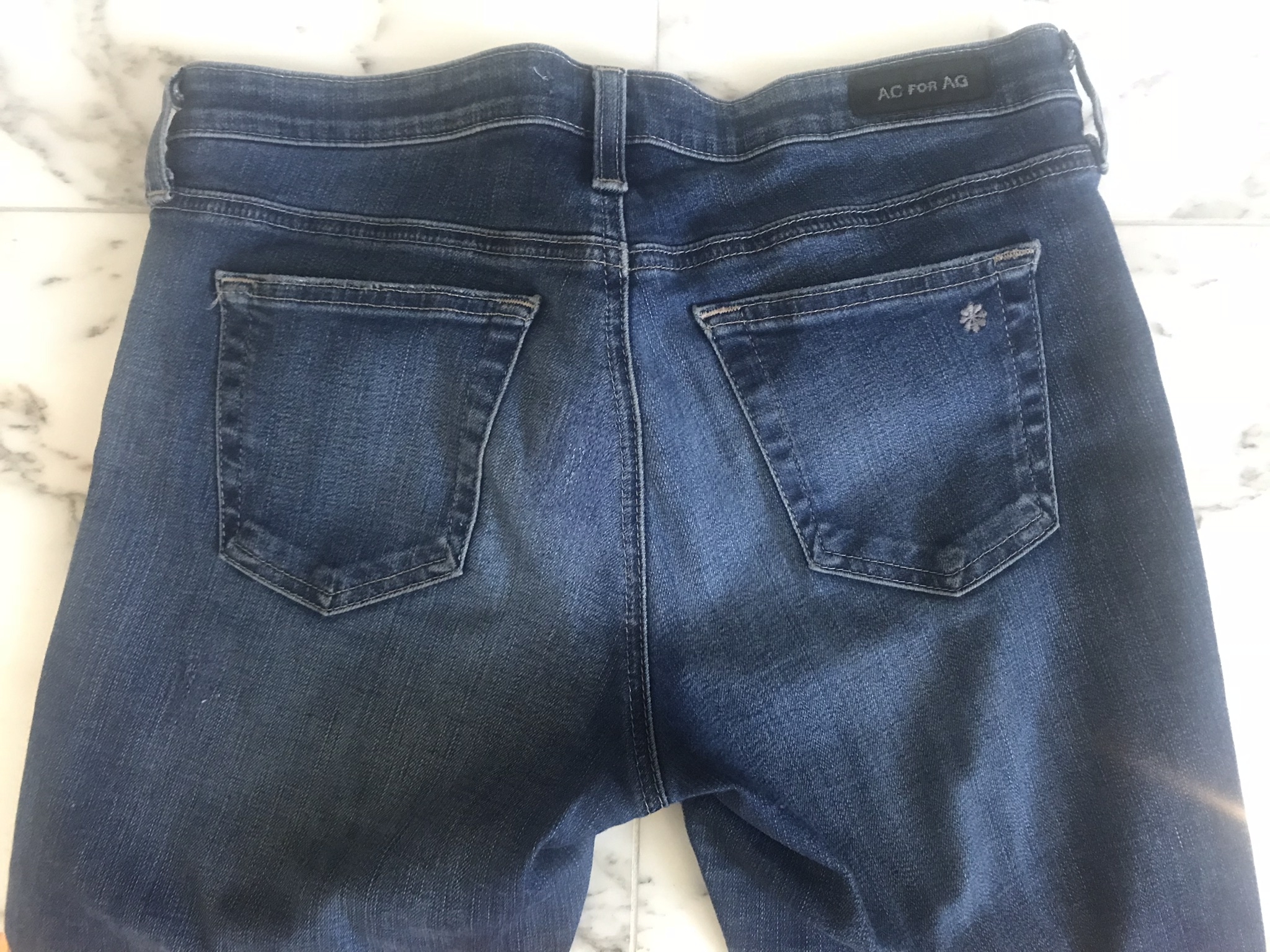
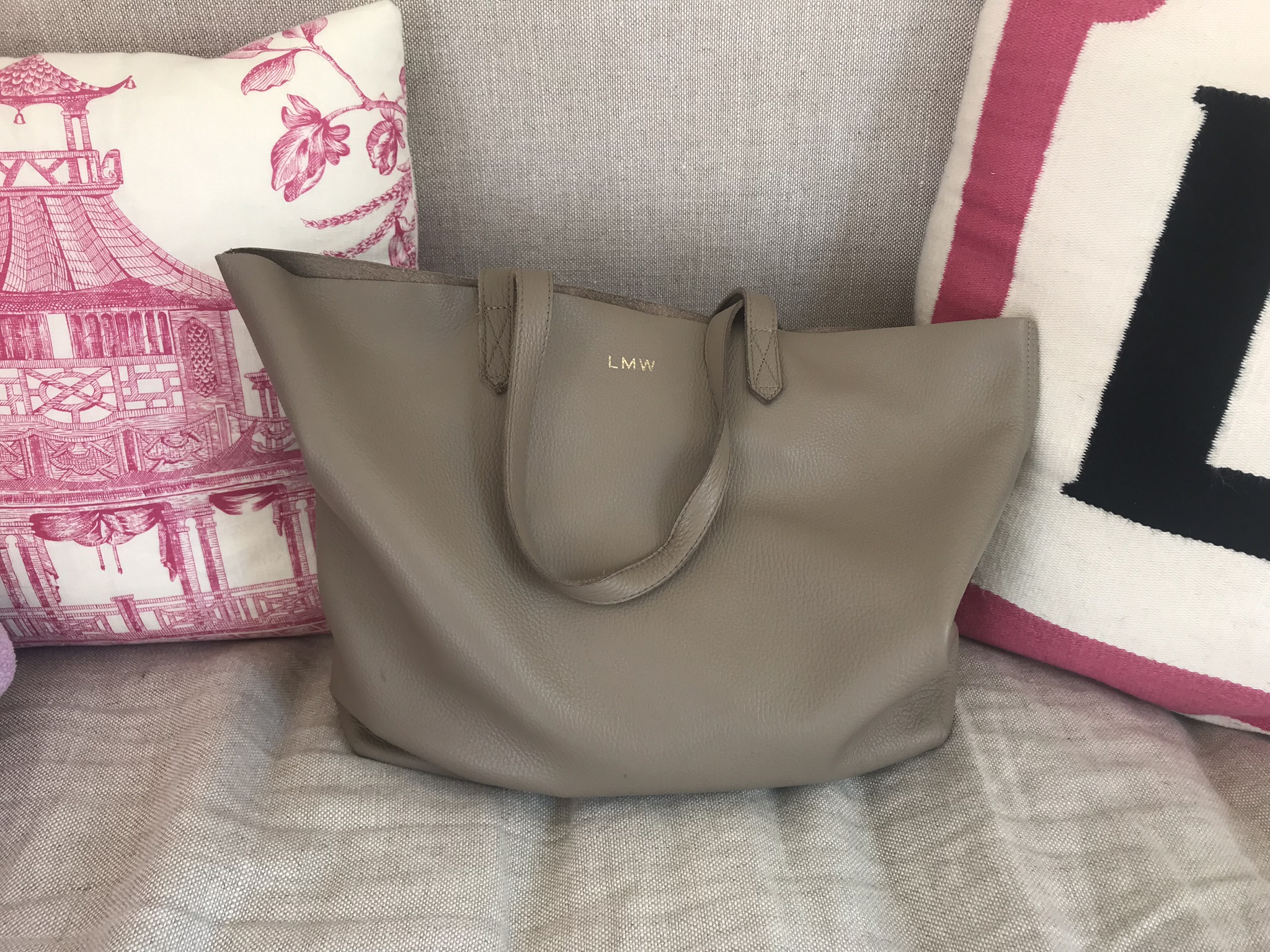
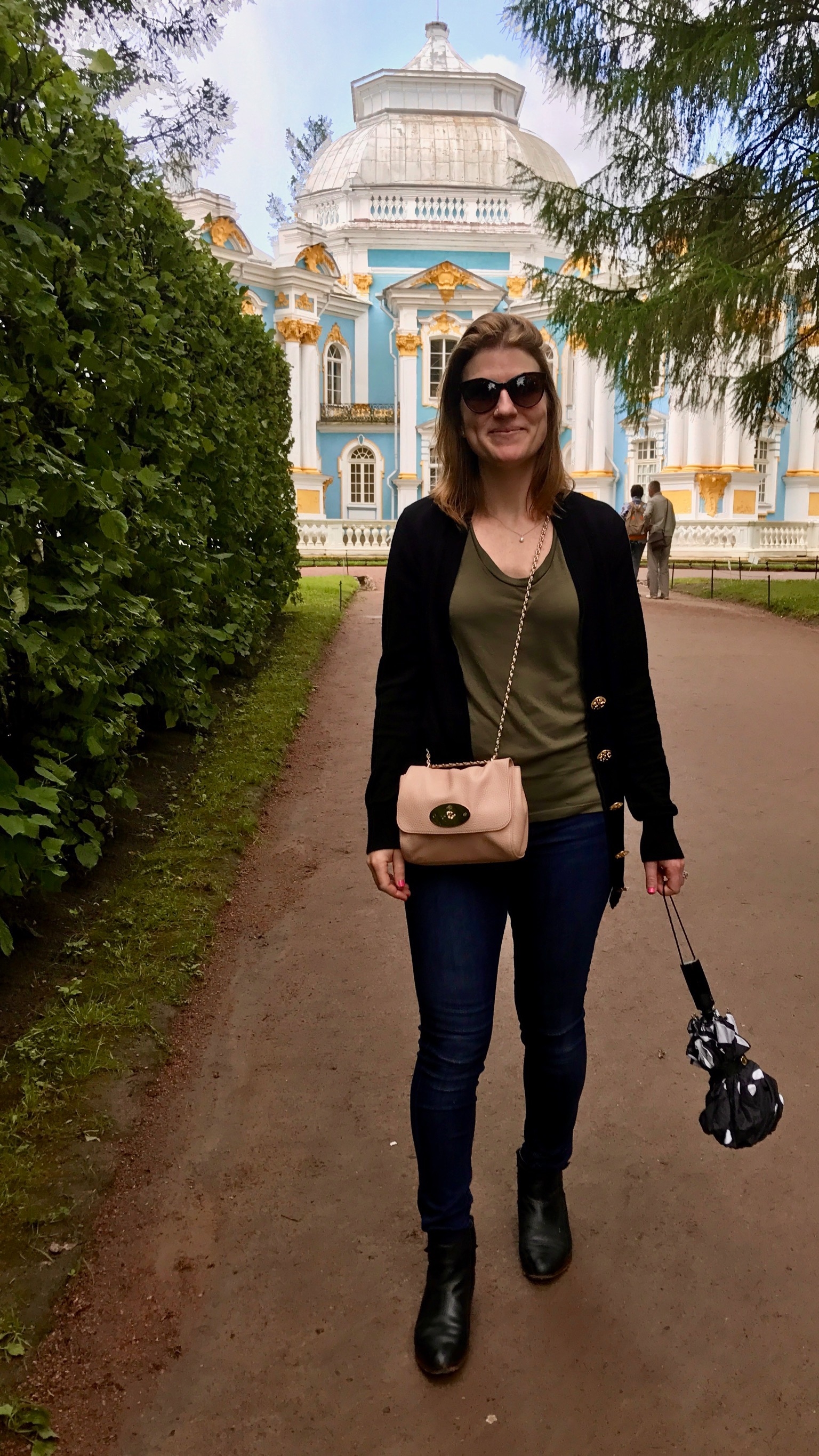

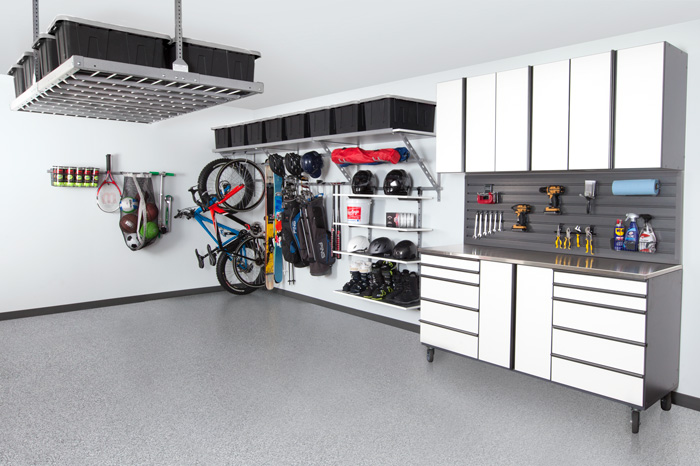

You can instantly conjure an image of what French Girl Style looks like in your head and it’s an image you likely want to see yourself in.